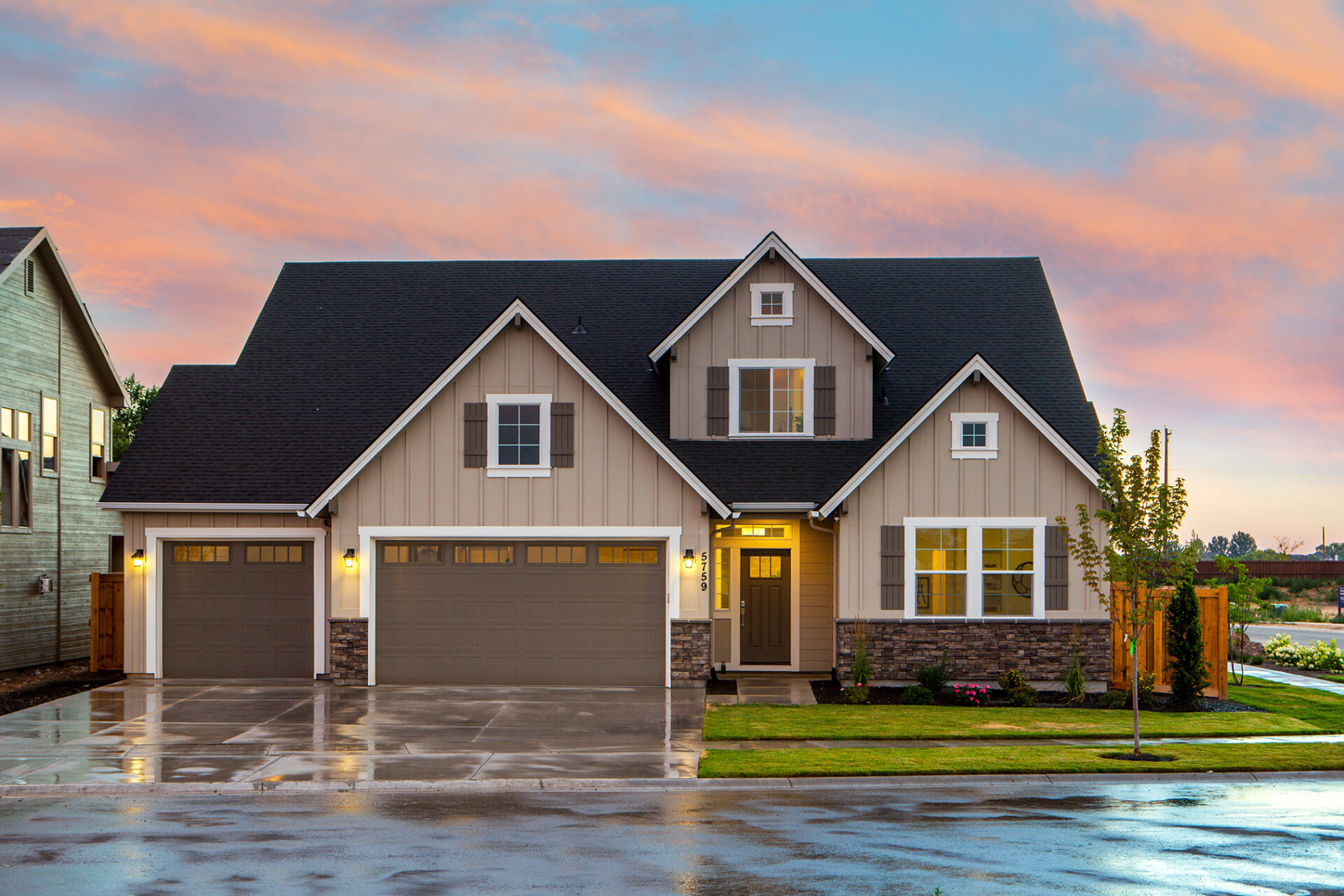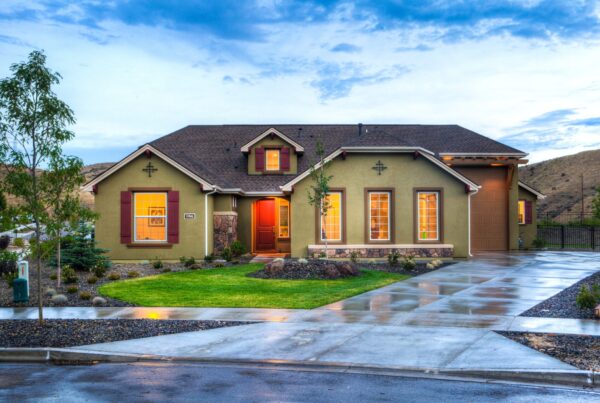Roof replacement is a significant investment for homeowners.
It not only improves the aesthetic appeal of your home but also protects it from the elements. If you’re considering a roof replacement, it’s important to understand the steps involved in the process to ensure that the job is done correctly.
In this post, we’ll break down the steps involved in a roof replacement to help you understand what to expect.
- Inspection The first step in the roof replacement process is an inspection of your current roof. The inspector will assess the roof’s condition, determine the extent of the damage, and identify any underlying issues that need to be addressed. This information will help you understand the scope of the project and the materials needed for the replacement.
- Material Selection Once the inspection is complete, you’ll need to choose the right roofing materials for your home. Your selection will depend on factors such as your budget, weather conditions, and personal preferences. Your roofing contractor can provide recommendations based on their expertise and experience.
- Preparation The next step is to prepare the area around your home for the replacement. This includes clearing the area of any debris and ensuring that the surrounding environment is safe for the roofers to work in. You may also need to make arrangements for parking or street closures to allow for the delivery of materials and equipment.
- Removal of the Old Roof The old roof must be removed before the new one can be installed. The roofer will remove the shingles, underlayment, and any other roofing material down to the roof deck.
- Repair During the roof replacement process, the roofer may encounter areas that need repair, such as rotten wood or damaged flashing. These areas will need to be repaired before the new roof can be installed.
- Installation of the New Roof After the repair work is complete, the new roofing material can be installed. This includes installing underlayment, shingles, flashing, and any other necessary roofing components. The roof will be installed according to manufacturer specifications and local building codes.
- Clean Up Once the new roof has been installed, the roofers will clean up the area around your home, removing any debris and ensuring that the surrounding environment is safe. You can expect the area around your home to be left in the same condition it was in before the work began.
- Inspection Finally, the roofing contractor will inspect the new roof to ensure that everything has been installed correctly and that the roof is up to code. This inspection is crucial in ensuring that your new roof is installed correctly and will provide your home with the protection it needs.
In conclusion, a roof replacement is a significant investment, but with proper planning and execution, it can increase the value and protection of your home. By understanding the steps involved in a roof replacement, you can ensure that the job is done correctly and that your new roof will provide you with years of protection. Contact a trusted roofing contractor to schedule an inspection and start the process today.








